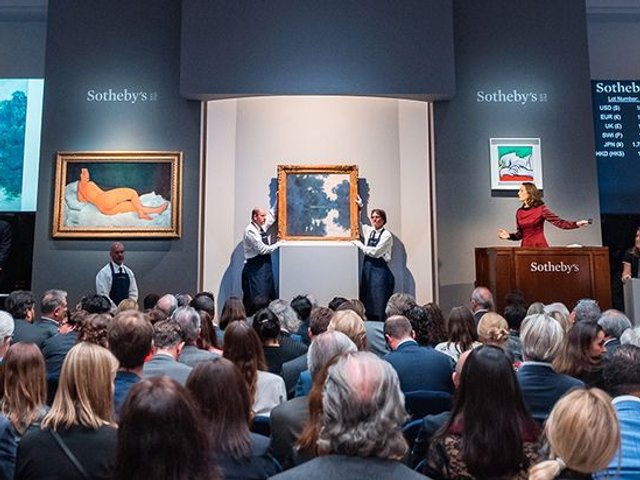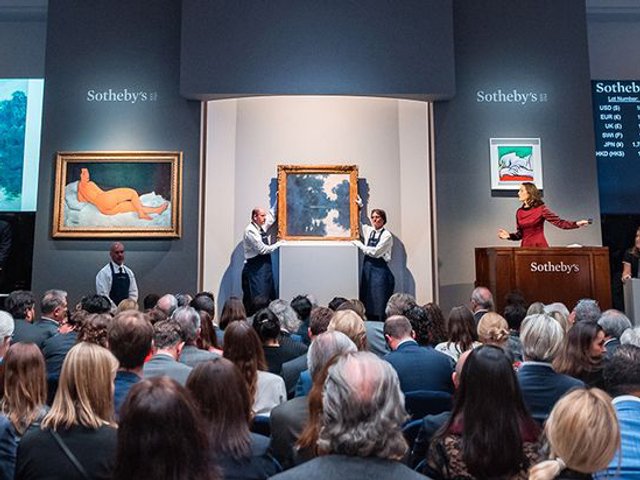In line with its historical pattern of first quarter losses, Sotheby’s today reported a net loss of $7.1m and a loss per share of $0.15 in the first three months of 2019.
Total sales were were down 15% on last year, from $1.1bn to $923m, with private sales slumping by 19% ($200.1m versus $246.6m in 2018).
In an investor call, Mike Goss, Sotheby’s chief financial officer, said lack of supply was the most significant factor, particularly at the top end of the market. Smaller spring sales in London (which yielded 28% less than last year) were affected by the political and economic instability caused by Brexit.
“In late 2018, four months before the London sales, people were thinking ‘do we want to consign in London when the equity markets are in trouble and there’s some uncertainty in terms of the political situation in the UK?” Goss said.
He outlined similar concerns about consignments for Hong Kong’s first quarter sales. “In November and December, the prevailing sentiment was a lot less favourable for the macro-economy than it is right now. China’s Central Bank had just started to reinflate the market, but it hadn’t really advanced much,” he said.
There are however, indications that the market is regaining strength. Goss noted that, overall, the Hong Kong sales, which straddle the first and second quarters, achieved Sotheby’s second highest ever total (up 4% on last year). “The sell-through rates are popping, the items are performing well against their estimates, and that tells you the market is strong right now,” he said.
Profit margins were up to 18.2%, compared with 17.3% in 2018, in large part due to a greater mix of lower priced works, which carry a much higher auction commission than big-ticket items; Sotheby’s increased its buyer’s premium in February.
Meanwhile, guarantees are down more than 50% at Sotheby’s, a possible further sign of confidence in the market, Goss suggested. “If you look at our mix for May [auctions], we have a large number of estates and philanthropic organisations that could have gone with a guarantee or share deal,” he said. “When you begin to see very sophisticated consignors who are well advised saying ‘hmmm, maybe we don’t want the guarantee, we don’t want to pay for the insurance premium’, it’s an indicator of the health of the market.”
Last year, Sotheby's bottom line was severely impacted by two high-profile guaranteed paintings, thought to be Amedeo Modigliani's Nu couché (sur le côté gauche, 1917) and Picasso’s 1932 Buste de Femme de Profil (Femme écrivant), which between them reduced Sotheby’s auction commission margin by 1.4% and 1.1% during the three and six-month periods, respectively.
Fittingly, Sotheby’s reported reduction in guarantees coincides with the revelation today in the Baer Faxt newsletter that Adam Chinn, whose position as Sotheby’s chief operating officer was eliminated in December, has taken a position with the Mugrabi family, who are among the biggest players in the guarantee market. Chinn was widely credited as developing the use of guarantees at Sotheby’s in the two years before he left.
Perhaps keen to detract from disappointing first quarter results—and making the most of crowds in town for Frieze Week New York—tomorrow, Sotheby's will reopen its headquarters in the city following a two year, $55m renovation. Now with 90,000 sq ft of exhibition space, the auction house just needs to find the art to fill it.





